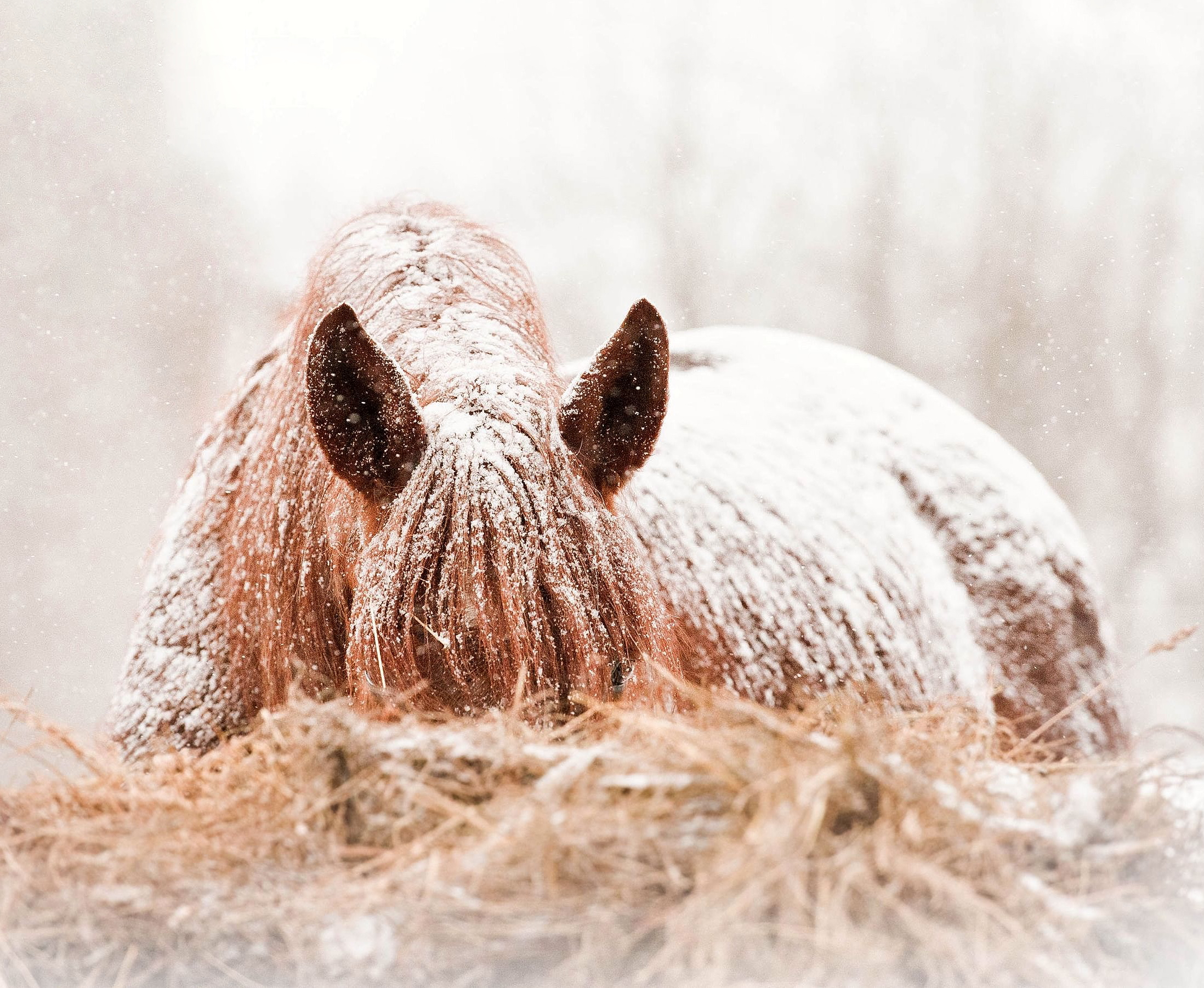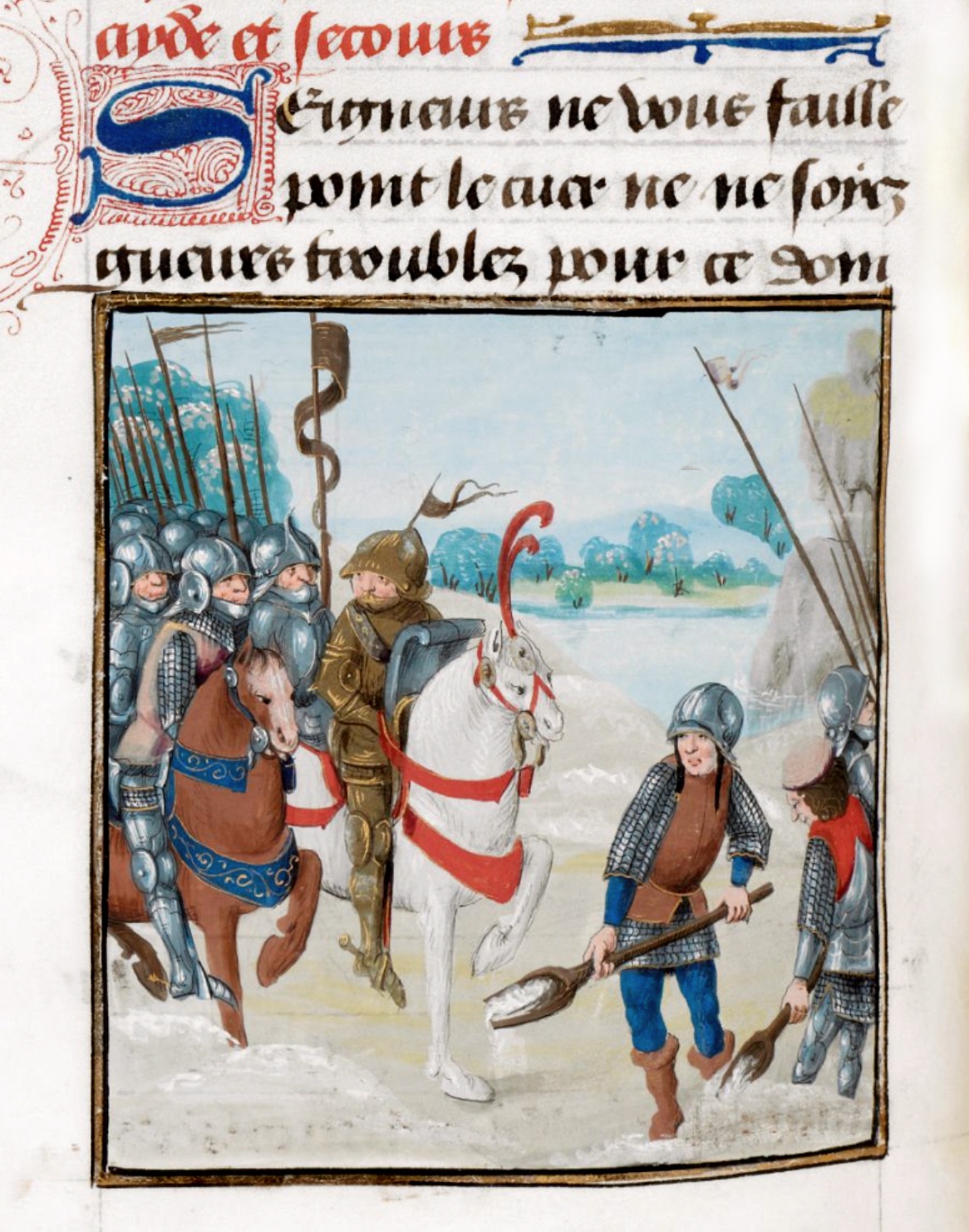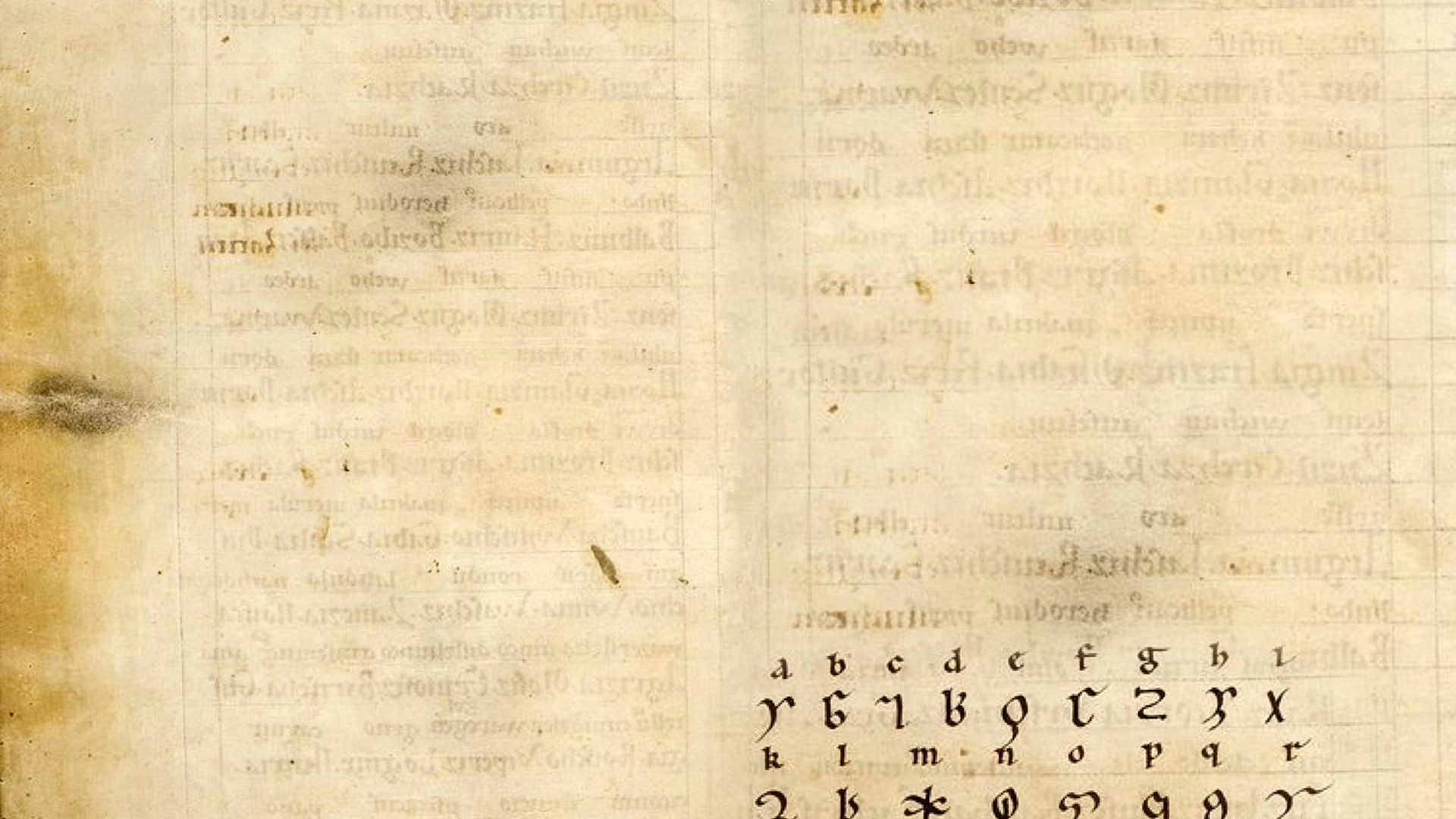 During the time of the Rune Poem, a properly kitted warrior owned a decent war horse to take to battle. These were bigger horses than the usual so they could handle a person wearing heavy armor, and they could even bite and fight with their hooves. With the right war horse, you can be unstoppable. Almost. What can stop a war horse? Ice. Ice is brutal for horse hooves. It can ball up under their feet until they are teetering on their own personal ice cubes. Have you ever fallen on ice? That’s not a soft landing. A horse can easily slip and break a leg on the frozen dips and grooves in a road, and if they fall right through a frozen lake or river good luck getting them back out. Have fun with that. A war horse, large and powerful, formidable in battle, is handily defeated by ice.
During the time of the Rune Poem, a properly kitted warrior owned a decent war horse to take to battle. These were bigger horses than the usual so they could handle a person wearing heavy armor, and they could even bite and fight with their hooves. With the right war horse, you can be unstoppable. Almost. What can stop a war horse? Ice. Ice is brutal for horse hooves. It can ball up under their feet until they are teetering on their own personal ice cubes. Have you ever fallen on ice? That’s not a soft landing. A horse can easily slip and break a leg on the frozen dips and grooves in a road, and if they fall right through a frozen lake or river good luck getting them back out. Have fun with that. A war horse, large and powerful, formidable in battle, is handily defeated by ice.
The War Horse and Ice stanzas have something to say about seasonal life. Ice is for winter. What time is for war? Not winter. War requires provisions: you need a lot of stuff for a battle. In particular everybody, horses too, must eat. If you are using a war horse for your battle, it is preferable to get to the place riding a smaller, more comfortable horse you can tire out by the journey, keeping your war horse fresh for the fight. That’s at least two horses to feed, plus you have a þegn with you to deal with your gear and prep, and that person is riding a horse too, maybe leading a pack horse and that one’s hungry as well. Spring to fall, there’s plenty for the animals to graze on and your þegns can forage for your own food too. You won’t have to bring much fodder for the horses. But in winter? What’s the horse going to eat? The big horses want to eat about 20 pounds of plant material per day, who’s going to carry that? Where is this war? Is it far? You can’t go far. Best to stay put and ride out the winter in peace, save warfare for warmer weather because ice has something to say about that. Ice freezes warfare out. Ice is a pacifist.
There’s one more connection between the War Horse and Ice stanzas, though it is uncertain because of its late date. In the thirteenth century Snorri Sturluson mentions Odin’s eight legged horse Sleipnir multiple times in his Prose Eddas. This is the earliest mention of Sleipnir by name. Sleipnir means the slider, slipper or the slippery one in Old Norse. Scandinavia is an icy place, perhaps Odin’s horse handled frozen roads quite well? He could slip right across them maybe? Snorri’s Eddas are the source of most of what we know about Norse mythology, and they were compiled into stories from earlier folk traditions. How much earlier? Six Seven hundred years earlier? It would have to be for the slippery nature of ice to evoke Odin’s horse in the Rune Poem. This is a massive stretch of time, but it is possible. There are depictions dating back to the 8th century of Sleipnir on the Tjangvide image stone and on the Ardre image stone, found on Gotland, an island east of Southern Sweden and a place with a connection to the Old English Rune Poem. These are monument stones, one carved in memory of a dead brother which includes the runes in alphabetical order, the other placed as a memorial to a dead father and signed with the name of the rune carver. Got to get that authorial credit. The 8th century is a great deal closer to the time of the Rune Poem than the Prose Eddas, so perhaps we are meant to think of Odin’s horse with this pair of runes? A big war horse called Slider would have to be good on ice. Unstoppable.



